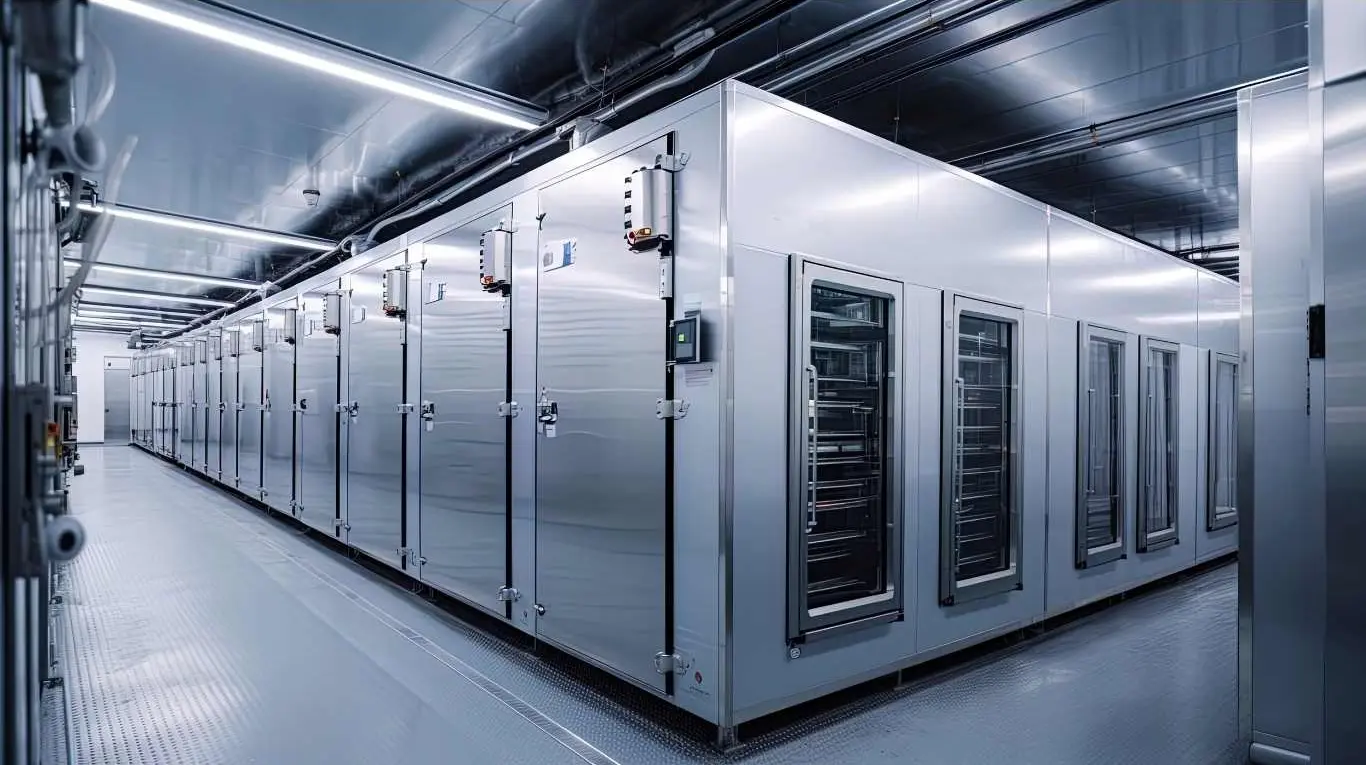How the EPA’s AIM Act Affects the Life Sciences Industry

.jpeg)
Foreword from John Masiello, CIO at Predictive Monitor, LLC.
“As thought leaders at the intersection of regulatory policy and life sciences operations, our goal is to make the complex understandable. The EPA AIM Act brings sweeping changes to how refrigeration systems are managed, and our mission is to equip industry professionals with the insight they need to stay compliant, efficient, and future-ready.
This blog isn’t just about news—it’s about guidance. We bring together regulatory updates, expert interpretation, and actionable takeaways that help organizations move confidently through change. We believe leadership means sparking informed dialogue, so we welcome your perspectives and questions as we navigate this transition together.”
About this Blog
The life sciences industry relies on precise refrigeration to maintain the integrity of sensitive products. With the implementation of the EPA’s AIM Act in January 2025, significant changes aimed at reducing greenhouse gas emissions will phase out high-GWP (global warming potential) refrigerants like R-404A, requiring industry-wide transitions to lower-GWP alternatives. This blog recaps the key refrigerant changes facing the life sciences industry under EPA’s AIM Act. To read the full white paper, click here.
What is Changing Under the AIM Act?
Starting January 1, 2025, refrigeration systems using refrigerants with a GWP above 700, such as R-404A (GWP 3,922), will no longer meet EPA standards. Industries will need to adopt low-GWP alternatives (like R-454B), which, although sustainable, are also mildly flammable and require updates to safety standards and installation practices. The ultimate goal of the AIM Act is to reduce hydrofluorocarbon (HFC) usage by 85% by 2036.
Key Challenges for Life Sciences
The life sciences sector faces unique challenges due to its reliance on advanced refrigeration systems:
- Repair vs. Replace Dilemma: Many existing systems cannot be retrofitted and must be replaced with A2L-compatible units. The legal operation of R-404A systems is permitted for their remaining lifecycle; however, significant upgrades may trigger mandatory transitions.
- Rising Costs: Transitioning involves expenses such as technician training, facility upgrades (including ventilation, leak detection, and safety mechanisms), and potential fluctuations in A2L refrigerant prices.
- Operational Disruptions: Upgrading systems can lead to downtime. Strategic planning and phased implementation can minimize the impact on the supply chain.
- Regulatory Compliance: Constant shifts in guidelines and evolving industry standards, such as ASHRAE and OSHA protocols, require regular updates and monitoring.

Strategies for Compliance
Life sciences companies must adopt a proactive approach to meet the AIM regulations while maintaining efficiency and operational integrity. Key strategies include:
- Refrigeration Inventory Audit: Assess and document your systems, identifying those that require upgrades or replacements.
- Replacement Timeline: Prioritize aging systems, partner with manufacturers for AIM-compliant equipment, explore financial incentives, and phase replacements to limit downtime.
- Training and Safety: Equip technicians to handle A2L refrigerants safely, reducing accidents and improving inspections.
- Leverage Resources: Stay informed with EPA updates, attend relevant events, and collaborate with compliance experts to ensure adherence.
Moving Forward
While the AIM Act introduces significant challenges, it also provides opportunities to modernize systems, enhance efficiency, and advance sustainability goals. By planning strategically and adopting compliant technologies, life sciences companies can confidently align with environmental standards and establish themselves as leaders in a sustainable business landscape.
Now is the time to act. Conduct a refrigeration audit and draft your transition plan to ensure smooth compliance with these critical regulatory changes.
Read the full white paper: Regulatory Changes Affecting Refrigeration in the Life Sciences: The EPA’s AIM Act
See OverShield in Action
Outcomes





%20(1).jpeg)

.jpeg)













